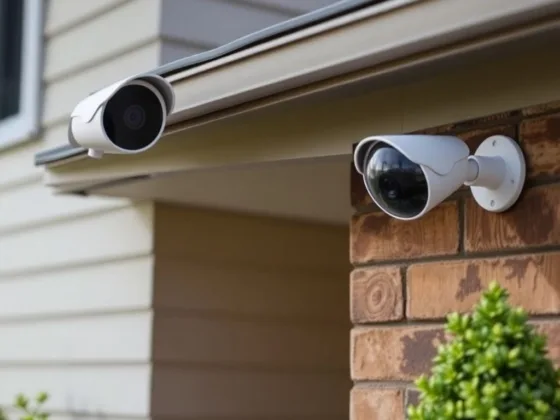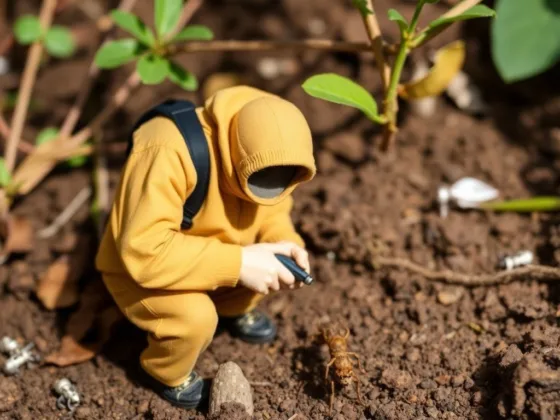Table of Contents Show
Who doesn’t want a clean and clear pool to dive in! Well, you can’t do that if you don’t keep it safe from algae attack. There will be a pool full of leaves and algae. In that case, why don’t we check out the ways of how to clean an empty pool with algae.
Before we start to know more about the process of cleaning those unwanted guests from the pool, we should know what are these things and how come they appear out of nowhere in our place of a soothing summer bath! If we know that, we can reduce or stop their infestation.

Where Algae Come From?
Algae are everywhere! They are tiny living plant-like organisms and naturally green in color. Though there are other black and yellow algae too. Their spores are impossible to see with naked eyes. That’s why they can move around without being noticed.
With a little help from the wind, it goes into the pool and eventually becomes algae colonies. It is often seen that opening pool after winter, algae are overpopulated in the swimming pool.
Why Do Algae Grow?
Well, to be honest, they will grow anyway without any interference. That means, without proper sanitation and cleaning these tiny organisms will spread all over your pool, and organic contaminants from dust and leaves from trees and obviously, sunlight will make a good meal for them to grow even more.
The PH level of the pool water can be a cause behind the algae attack. When the PH level rises or decreases than normal it gives them a comfort zone to expand its territory. Furthermore, getting rid of algae in the pool is quite hard work.
Cleaning Algae From Pool
There are many kinds of algae in this world, however, the main three that grow in a pool are the green, yellow and black algae. The most common is the green one and it’s kind of easy to remove green algae from the pool than the other two.
The fastest way to get rid of algae in a pool is to clean the whole pool manually. That sounds tough and tiresome. In that case, why not try the chlorine to kill all the green guests of your pool! It will probably take 1-3 days to bring your pool back to sanitary conditions with the help of chlorine shock.
Sometimes, it may take a little longer. The more the density of algae the more you need the shock to kill them. (Caution – put a mask on and use proper dress to avoid getting bleached from the shock and follow the manufacturer’s instructions.)
This shock treatment is not the only solution to the problem. You may need to clean the pool and remove dirt and debris from and around the pool.
Now we will discuss the best way to kill algae in a pool:
How to Clean an Empty Pool With Algae
Read Also:
Step 1:
Vacuum the pool first. You can use the pool vacuum for algae or you can do it manually. Vacuuming the algae from the bottom of the pool is necessary.
However, doing it yourself in a non-automated way is always preferable, because the automated ones sometimes can’t clean it properly. By vacuuming the pool, you can clean the rest with a brush and clean the algae from the pool. Oh! Cleaning algae from the above-ground pool should not be ignored, too.
Step 2:
Wash the water filter and stop the recirculation of water. You wouldn’t want the contaminated water to come back and start over again! Brush the filter thoroughly and make sure no dead algae in the pool remains. Rinse the pool and brush it off again. Do this 2-3 times. Make sure to clean as much as possible through brushing.
Step 3:
When you’re trying to clean a pool full of algae you need to be patient and try to do one thing at a time. Now, after cleaning the pool turn the water on and keep it going around 24 hours to clear up the spores or other debris. And after that vacuum it and brush it again.
Step 4:
Now it’s time to add a shock of chlorine in the pool water and it will kill the remaining unwanted micro-organisms including algae which is what you needed. This will almost get rid of the remaining algae unless they are yellow algae or the black ones (the black ones are not actual algae, they are cyanobacteria).
Step 5:
After that, turn on the filter to suck out the remnants and clean the pool. To ensure safety from algae try using the vacuuming and cleaning again and clean your filter. Check the PH level of the water. If it’s 7.8 then no worries and waits for one or two days to check if there are any new algae in the pool.
Step 6:
The last thing you can do is use a pool flocculent to further clearing any other small spores or substances. Now you know, how to clean an empty pool with algae.
Yellow and Black Algae
Sometimes yellow or black algae can be found in your pool. You can use some natural algae killer for pools in that case. For the black algae, use baking soda and brush hard to uproot them entirely from the pool. Your treatment needs to be aggressive because the black algae (cyanobacteria) are very stubborn.
On the other hand, the yellow kinds are harder to get rid of than the green but easier than the black algae. They are chlorine resistant, so shocking won’t work against them. So, you need to clean them with a brush and hard scrabbing.
Conclusion
Everyone needs a clean and clear pool to have a refreshing swim and you can’t get one without daily maintenance. And when infested, you have to how to clean a pool full of algae. Clean your pool regularly, check water chemistry. Have a nice swim!











